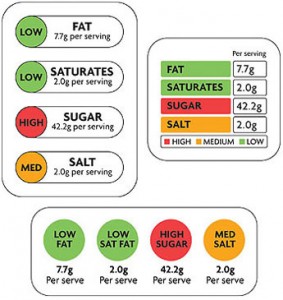The news in food marketing: love of Tropicana packaging?
When it comes to food marketing, I know I live on another planet but really, doesn’t the fuss over the packaging of Tropicana go too far? According to the report in the New York Times, consumers are so upset over Pepsi’s new Tropicana carton design that they have forced Pepsi to withdraw it. Pepsi, it seems, underestimated the deep emotional bond its customers had with the original packaging. Deep emotional bond? With orange juice packaging? Readers: I need some help with this one.
As if that weren’t enough, CSPI’s Margo Wootan sends me the latest newsletter from the Council of Better Business Bureaus giving details of voluntary efforts by food companies to improve the nutritional quality of products marketed to kids. Do these seem like significant improvements?
Finally, the new USDA Secretary has just announced a partnership with Disney and the Ad Council to promote the MyPyramid for kids. Isn’t this nice of Disney?




